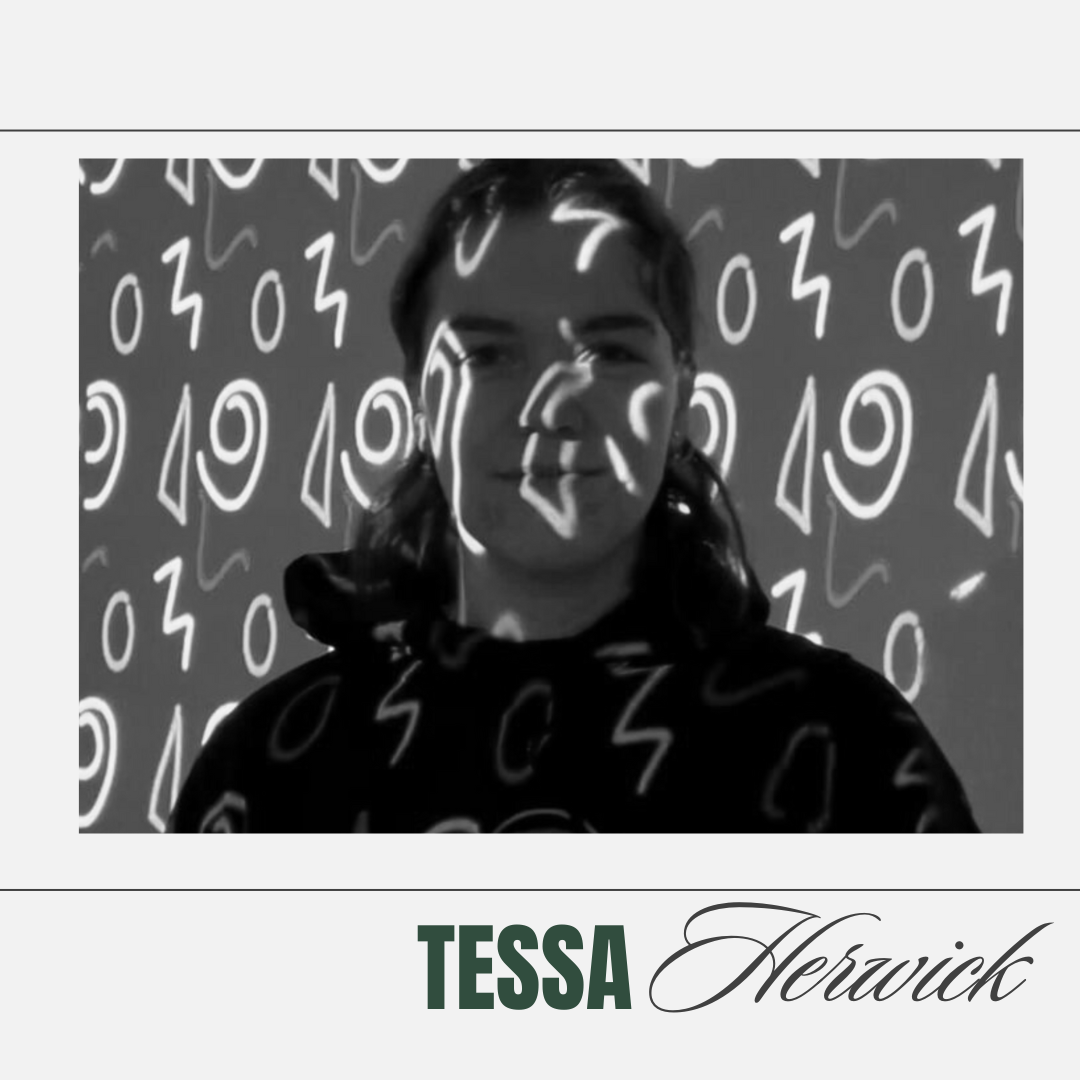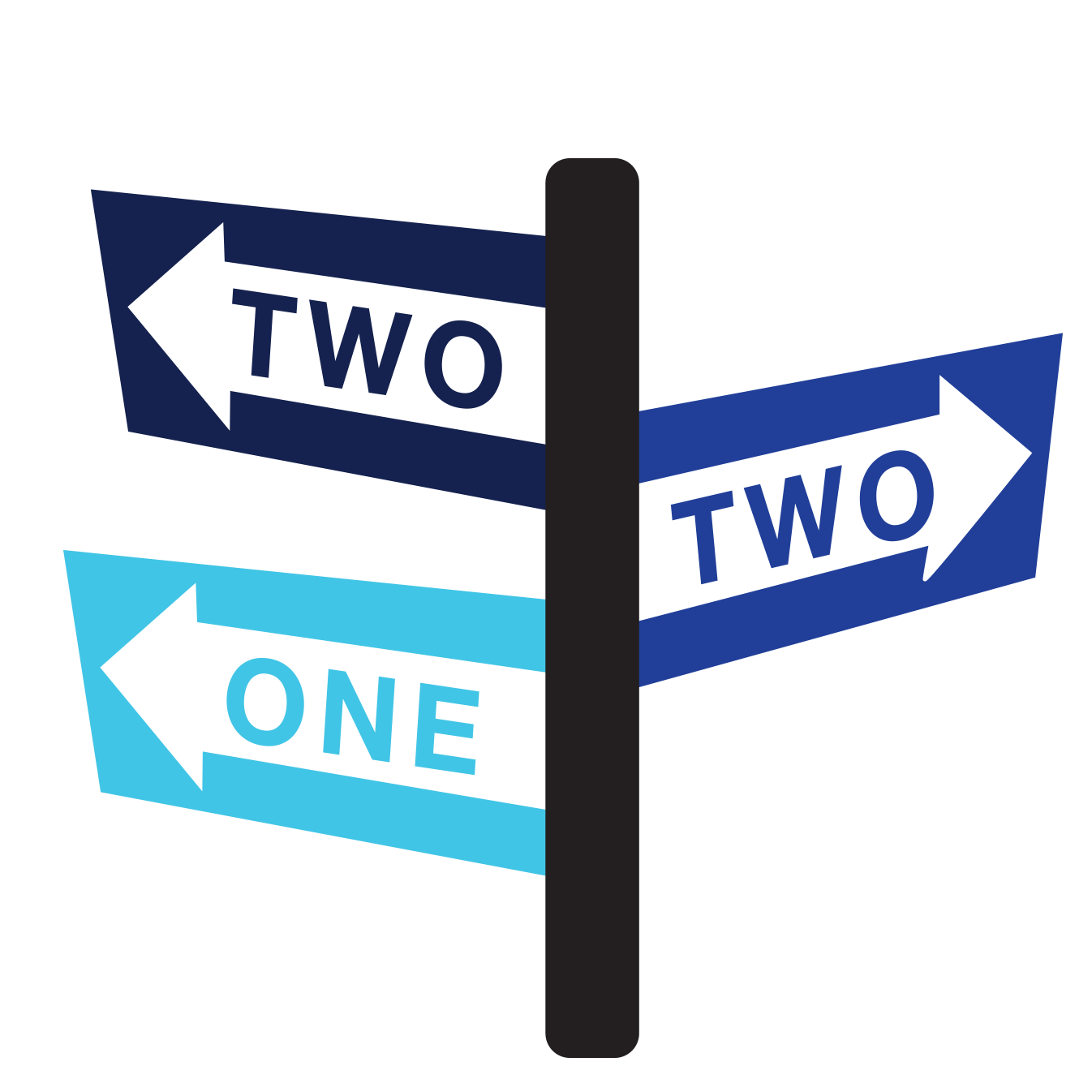"Woolf's Words"
By Tess Herwick
Virginia Woolf’s way with words is not lost on generations of readers who seek out her peculiar yet resonant stream-of-consciousness writing style. This semester, I read Mrs. Dalloway, Orlando, and To the Lighthouse, three stories with which Woolf infuses her unique perspective in order to put shape to feelings and/or concepts that are otherwise merely theoretical. Her miraculously three-dimensional characters and the nuances of their interpersonal relationships tend to be the focal point of these novels, being that they’re emphasized more so than the more traditional plot structure many authors exhibit. Additionally, she’s able to portray the passing of time in a way that feels true to the nonlinear process by which we feel it in our own lifetimes when put against certain experiences, periods of desire, and more simply, milestones or checkpoints we reach as we age. Overall, her work doesn’t merely tell a story, but puts language to the complexities of the human psyche and uses many symbols and metaphors to provide her audience with a cohesive rendering of abstract concepts that once only existed within one’s mind, such as her own.
One quote from To the Lighthouse guides my analysis of Woolf’s character work in the novels I read this semester. Lily asserts that “to understand Mrs. Ramsay completely, she would need at least fifty pairs of eyes; only then would she be privy to every possible angle and nuance.” I feel as though Woolf figuratively gives her audience multiple pairs of eyes to see her characters by the many perspectives through which they are painted. Lily, for example, is portrayed through a blending of both Mr. and Mrs. Ramsay’s character, as well as by her own need to create one singular piece of art that will connect all of life’s uncertainties into an everlasting cut of canvas, if nothing more. She has Mr. Ramsay’s fervent desire to leave behind a legacy and live a life of importance, while also containing a prominent reflective quality that Mrs. Ramsay possessed, one which she greatly admired and sought to emulate even after–especially after Mrs. Ramsay’s death. We get to spend time within Lily’s mind, experience the parts of her that exist within other characters, and view her through the perspective of the people around her. For example, Mrs. Ramsay urged her to become a wife, Mr. Ramsay indoctrinated her with the question of life’s purpose, and Charles Tansley insisted that women couldn’t adequately paint or write, instilling a pressure and anxiety to finish what she set out to do with her painting, which she ultimately does.
Orlando is another character who is written in this way, despite the titular novel telling a different kind of tale. The character goes through many metamorphoses, starting as a lovestruck sixteen year old nobleman on Elizabeth I’s court, to an ardent poet unsure of his past, with his biggest transformation being his overnight transition from a man to a woman. Meanwhile, Woolf is also deliberately shifting her writing style as she guides readers through Orlando’s different identities and similarly, England’s different eras as we travel from mid to late 17th century to just after the Victorian period where the novel ends in 1928. While To the Lighthouse endeavors to show just how subjective reality can really be and how different a story can look based on the perspective from which it’s being told, Woolf expands on this idea here by ultimately communicating how we are all simply a culmination of an uncountable number of different selves that we’re constantly growing into and out of, all culminating into the person we are in the present moment. Even though Orlando undergoes copious amounts of change, the core of character remains consistent, as do we in our ever changing lifetimes.
There are many different ways to depict everyday life through narrative structure, and in Mrs. Dalloway, Woolf chooses to recall just one day of Clarissa Dalloway’s life across the entire novel. While this choice might initially sound tedious, it allows Woolf to fully relish the inner thoughts of Dalloway and insist upon the validity of just how much can go on in that short window of time. The only concrete sign she incorporates to break up the narrative, since there aren’t dividedly defined chapters, is sound and universal occurrences that all characters experience. The chiming of Big Ben, for example, is a motif that breaks up the internal monologue that, in the book, may only represent a couple minutes or seconds out of the character’s whole day despite being a few pages long. Similarly to Orlando and To the Lighthouse, we hear the characters’ intricate thought processes, reflections on life, the past, cognizances of multiple outcomes from a situation happening in real time, and other soliloquies of the same sort.
My goal for this independent study was to put myself in a situation where I had external structure to complete a goal for myself that I had, though it was a bit impromptu, eagerly set for myself after completing a biographical project on her last semester. I wanted to read Woolf’s work and walk away with a better understanding of what I had put my time into and how she continues to have the impact she does. While I still find her work very complex and her particular style to be difficult to pin down in certain ways, I thought a lot of the reflections after having finished these three novels were things that I’m better off for knowing
and I have a newfound respect for not only the life she led, but for all that she’s left behind. Much like the pursuit of her characters, has managed to offer the world something that endures.
Meet Tess Herwick


